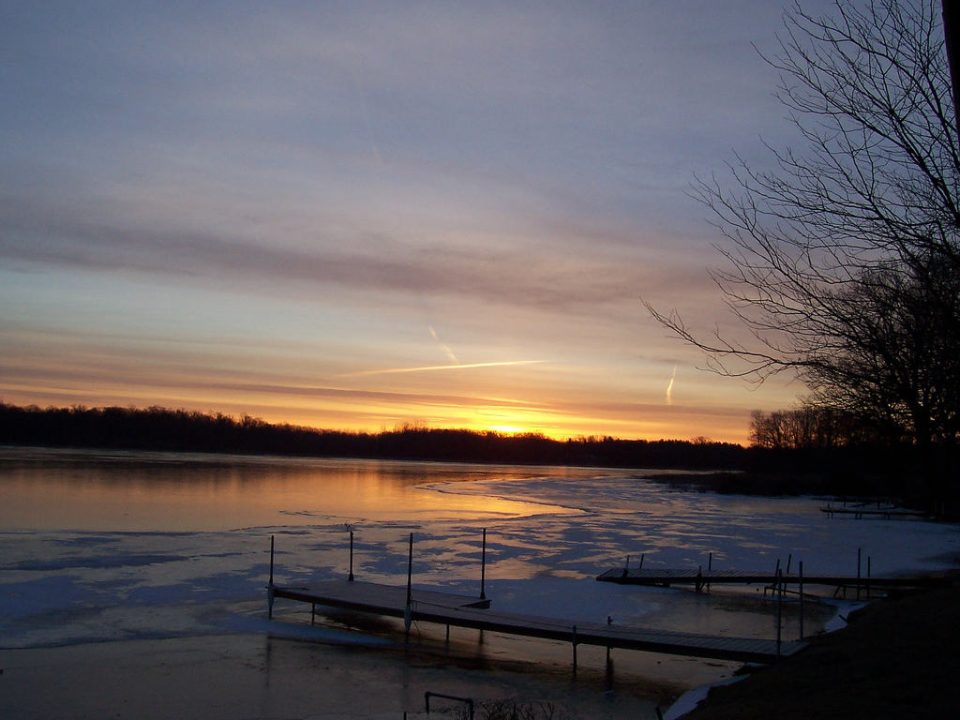The weather is mild now, but at some point, temperatures in Indiana will turn cold. Indiana Conservation Officers are warning of the potential hazards of being on frozen lakes, ponds, and rivers.
Every winter, thousands of Hoosiers safely enjoy fishing, skating, hiking, or just sliding around on frozen ponds and lakes. But, every year, people drown after falling through ice, says Indiana DNR.
Just like driving differently on snowy versus clear roads, being able to safely have fun on ice may require some adjustments from what you’ve done in the past.
When thinking about getting on the ice, always believe the ice is thin unless proven otherwise.
Follow these tips when considering standing or walking on a frozen body of water:
- No ice is safe ice.
- Test the thickness of the ice with an ice auger. At least 4 inches of ice is recommended for ice fishing; 5 inches is recommended for snowmobiling.
- If you don’t know the thickness of the ice, don‘t go on it.
- Wear a life jacket or flotation coat.
- Carry ice hooks and rope gear.
- Before going on the ice, leave a note of your whereabouts with a friend or family member.
- Don’t test the thickness of the ice while alone.
Wearing a life jacket is especially important when on the ice, says Indiana DNR. If you fall through, a life jacket will keep your head above water until help arrives.
Remember that a new coating of snow can make for treacherous ice conditions. Snow can serve as insulation, causing water to freeze at a slower rate. When snow and rain freeze into ice, it’s not as strong as solid, clear ice.
If you see a pet or animal that needs help on the ice, don’t go after it! Contact emergency response personnel who can make such a rescue, says Indiana DNR.
A few more tips:
- Some bodies of water can appear to be frozen solid but have thin ice in several potentially unexpected areas.
- Flowing water, such as rivers and streams, should be avoided when covered by a layer of ice.
- Similarly, water that is surrounded by sand may freeze with inconsistencies in the thickness of the ice.
- Underground springs, wind, waterfowl, and other animals can also keep areas of ice thin.

